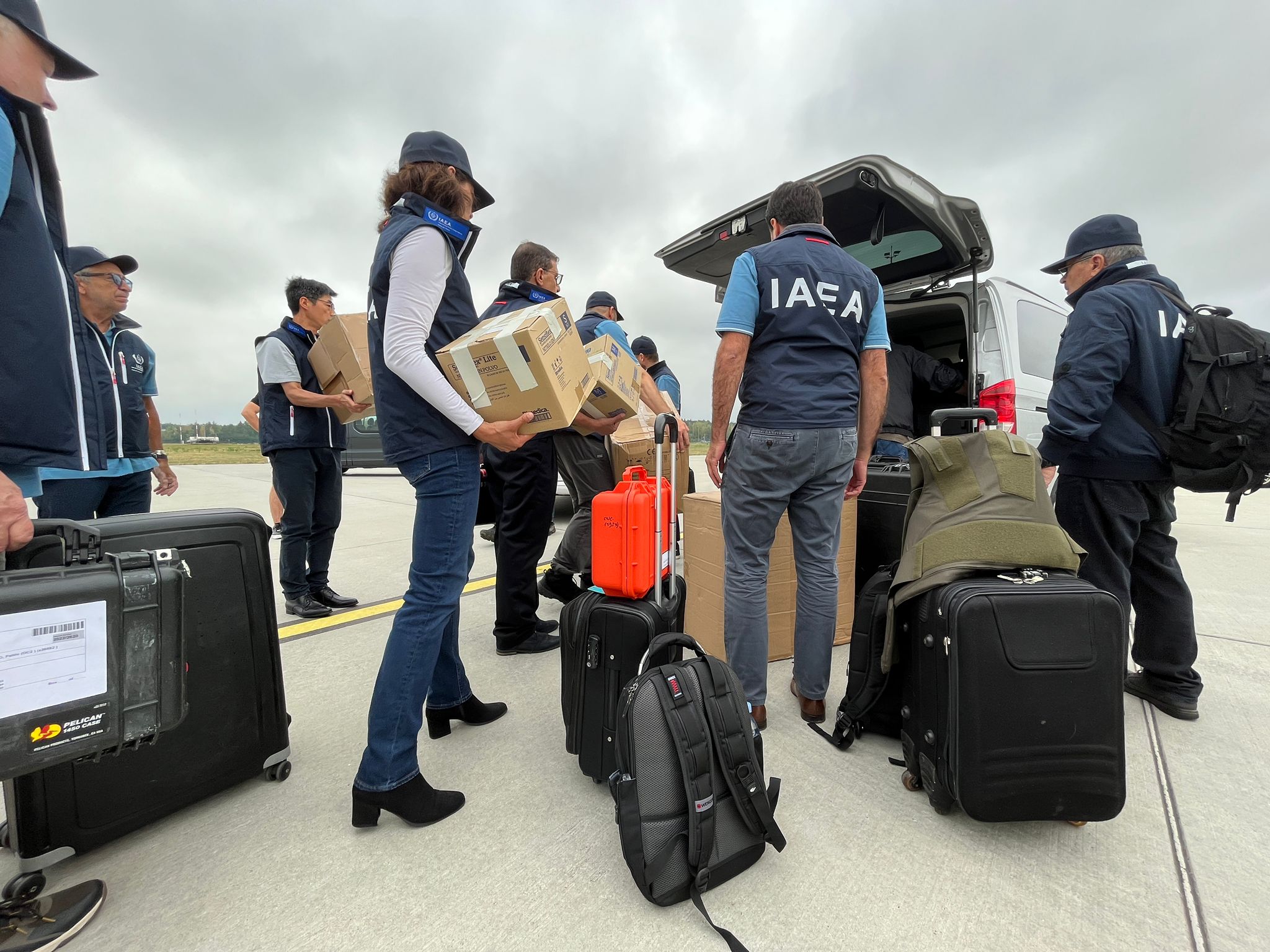Donations to form ABGs take time to train
In most cases I would agree with you -- that loss of MIC would be a huge issue. However is this case Ukraine is drawing upon support from a large number of countries, several of which have committed to long term support.
1. Australia alone has donated 28 M113AS4 APCs and 60 Bushmaster MRAPs. Likewise, Canada donated 39 Super Bison LAVs. When you add a tank company or two of T-72M1Rs donated from Poland, you have enough vehicles for a single ABG. Keeping in mind that in Apr 2022, Poland’s prime minister confirmed the country supplied its Soviet-designed T-72M1 and T-72M1R tanks to Ukraine
2. Since Apr 2022, the Polish Government supplied to the Ukrainian Army 100 T-72M1/M1R (M1R has minor upgrades), quantities of BWP-1 IFVs. In the same month, Americans donated 11 Mi-17 transport helicopters, 200 M113 APCs, and 300 Switchblade loitering munitions. In the video below, you can see driver orientation training being conducted.
3. The Americans donated M113s and that alone is enough for 4 ABGs (and theare not in the fight, yet).
(a) It’s pretty clear, that these gifts from these 4 countries when combined are intended to operate as multiple ABGs, each with its own organic recovery vehicles and loitering munitions.
(b) Each ABG is a very powerful force construct, if there are trained Ukrainians to operate these donated weapons systems. And it will take months to train them to use these APCs as a fighting ABG (with dismount drills), cover movement, other screening tactics and vehicle recovery drills.
Thus Ukraine will prevail.
4. Only if the Ukrainians use these armoured vehicles correctly, in an ABG with the correct fire support and don’t squander them in small scale fights.
5. France donated 18 155mm Caesar self-propelled guns (SPGs); which is enough SPGs to provide direct support for 3 ABGs.
6. Beyond Polish T-72M1Rs, other European countries are also stepping up to transfer their Soviet era tanks to Ukraine via swaps. For example, Germany will supply the Czech Republic with 14 Leopard 2A4 MBTs and 1 Büffel armoured recovery vehicle from industrial stocks. The Czech Republic in turn will supply T-72 MBTs in support of Ukraine.
7. The fastest way to get tanks to Ukraine would be for the US to just drop a lot of its stored Abrams into Poland, and Poland sending all its remaining older PT-91 Twardy tanks to Ukraine.
8. The downside of these donations: Ukraine is now faced with operating multiple platform types including many different calibres of munition with different production capacities, and must also maintain and repair these platforms, some of which are considerably more challenging than others.

























